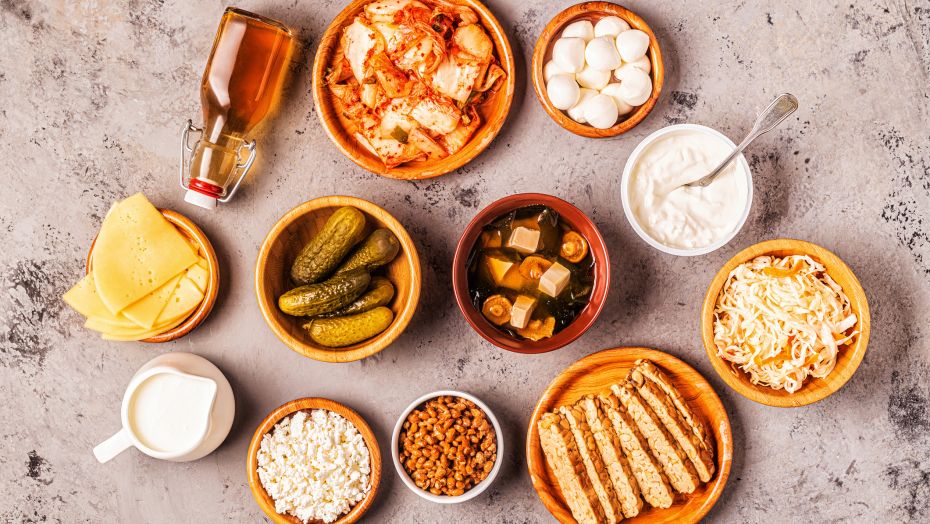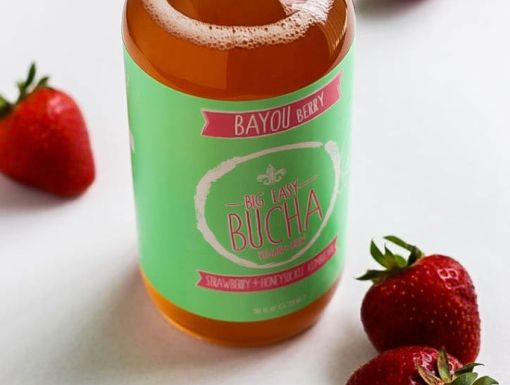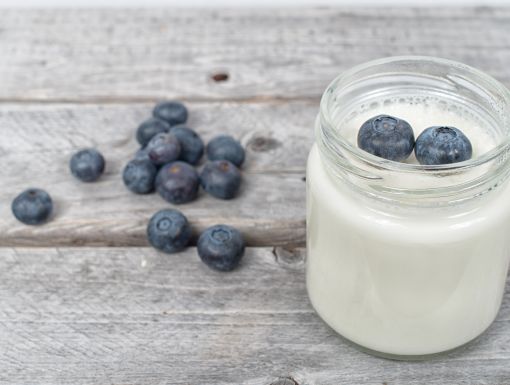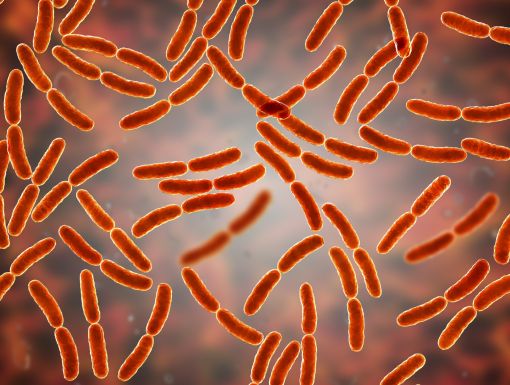
Top 7 Probiotic-Rich Foods
Probiotics are linked to a host of health benefits, from improving skin health and boosting mood to improving gut health. While yogurt is usually the first food we think of when it comes to probiotics, there are plenty other foods that also contain these healthy bacteria. From kimchi and sauerkraut to kombucha and kefir, here are the top seven probiotic-rich foods you should start eating.
Health benefits of probiotics
Probiotics are live bacteria and yeasts that are good for you. Found naturally in a number of foods, probiotics offer a host of health benefits. Some of them include:
- Improved blood sugar control
- Decreased levels of the stress hormone cortisol
- Reduced inflammation
- Boosted immune system
- Improved gastrointestinal and digestive health
- Reduced incidence of urinary tract infections and yeast infections
- Improved skin conditions such as psoriasis, eczema and rosacea
Top 7 probiotic-rich foods
Get your daily dose of probiotics with the following foods.
Greek yogurt
- A fermented food, yogurt naturally contains lots of probiotic cultures that strengthen the digestive tract. Some Greek yogurt also boasts added probiotics like Lactobacillus acidophilus and Lactobacillus casei that can help to increase the good bacteria in your gut.
- Greek yogurt contains more protein than regular yogurt and has a thicker texture, making it a great swap-in for sour cream and in smoothies.
- My go-to is Fage 2% Plain Greek Yogurt. (Per 7-ounce carton: 140 calories, 6 grams carbs, 6 grams sugar, 20 grams protein. Ingredients include: Grade A pasteurized skimmed milk and cream and live active yogurt cultures such as L. Bulgaricus, S. Thermophilous, L. Acidophilus, Bifidus and L. Casei).
Kefir
- Kefir is tangy, yogurt-like drink that contains more friendly probiotics than regular yogurt.
- It’s made by adding kefir culture (grain) to milk from a cow, sheep or goat, then letting the mixture ferment for about 24 hours before being strained.
Kimchi
- The major ingredients of kimchi are typically cruciferous vegetables like cabbage in addition to garlic, ginger and red pepper powder, among others.
- As all of these ingredients undergo fermentation by lactic acid bacteria (LAB), kimchi is regarded as a source of LAB; and the fermentative byproducts from its ingredients significantly boost its functionality.
- Because kimchi is both tasty and highly functional, it is a popular side dish and ingredient in Korean cuisine and is typically served with steamed rice at every Korean meal.
Sauerkraut
- Sauerkraut is a form of fermented cabbage. It takes its name from the German words “sauer” (sour) and “kraut” (cabbage) and has been a staple in the German diet since the 1600s.
- Sauerkraut contains far more lactobacillus than yogurt, making it a superior source of this probiotic.
- Two ounces of homemade sauerkraut has more probiotics than 100 probiotic capsules.
- Store-bought sauerkraut is often treated with preservatives, meaning it does not offer the same health effects as homemade sauerkraut.
Kombucha
- This fermented drink is loaded with tons of beneficial probiotics, such as gut-friendly live bacteria and yeast, as well as amino acids, vitamin C, B2, B6, acetic acid, lactic acid and antioxidants.
- Kombucha is prepared by fermentation of sugared tea using a SCOBY – the symbiotic colony of bacteria and yeast – which results in the enrichment of its nutrition value. The fermentation process results in colonial growth of the healthy microorganisms in the drink.
- Looking for a great brand to try? Consider Big Easy Bucha. (Per 8-ounce serving: 30 calories, 8 grams carbs, 6 grams sugar, 0 grams protein. Ingredients include purified water, organic black and green tea, organic cane sugar and kombucha cultures.)
To schedule a nutrition consult, whether virtually or in-person, contact us at nutrition@ochsner.org or call us at 504-733-1600.
Miso
- Miso is a fermented paste that's made by inoculating a mixture of soybeans with a mold called koji (also known as Aspergillus oryzae) that's been cultivated from rice, barley or soybeans.
- It’s often used as an ingredient in Japanese dishes, thanks to its salty umami flavor.
- Adding it to boiling water will kill the probiotics in the miso, nixing its health benefits, so take care not to boil it if using it in soup.
- Miso paste can also be used to make sauces, spreads and pickled vegetables and meat.
Buttermilk
- Buttermilk is the byproduct when milk is churned to make butter. It’s a yogurt-like drink that has live cultures of lactic acid bacteria. Because of its tart and tangy flavors, it can be an acquired taste for many.
- A 1-cup serving of low-fat buttermilk contains 10 grams of protein, about 2 grams more than regular buttermilk.
- It’s also a good source of phosphorus, vitamin B-12, potassium and vitamin B.
- Refrain from cooking/baking your buttermilk, as high temperatures will kill the bacteria, and you’ll no longer receive the probiotic benefits.
Editor’s note: Registered dietitian Molly Kimball offers brand-name products as a consumer guide; she does not solicit product samples nor is she paid to recommend items.



